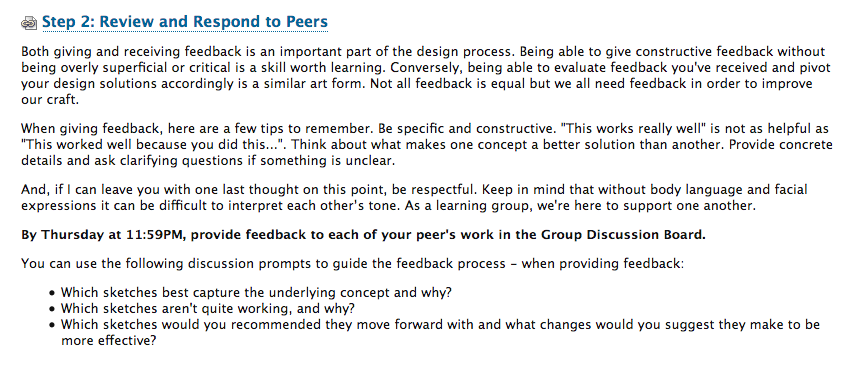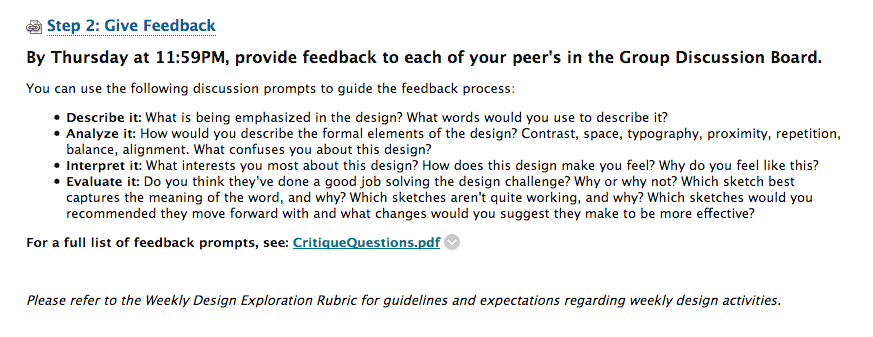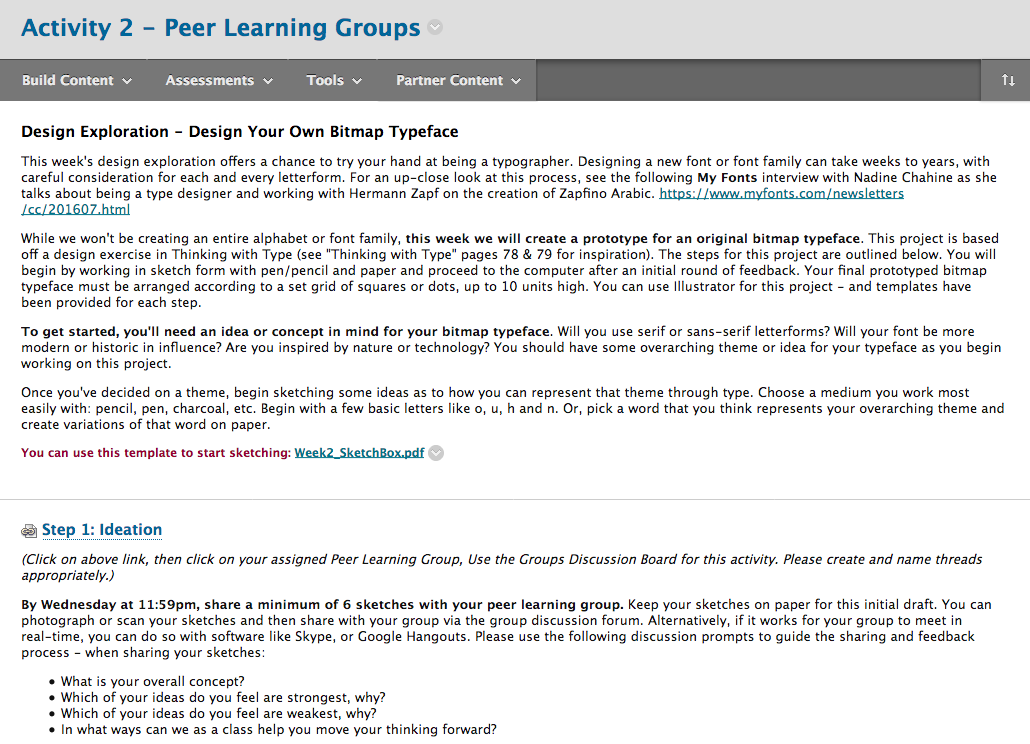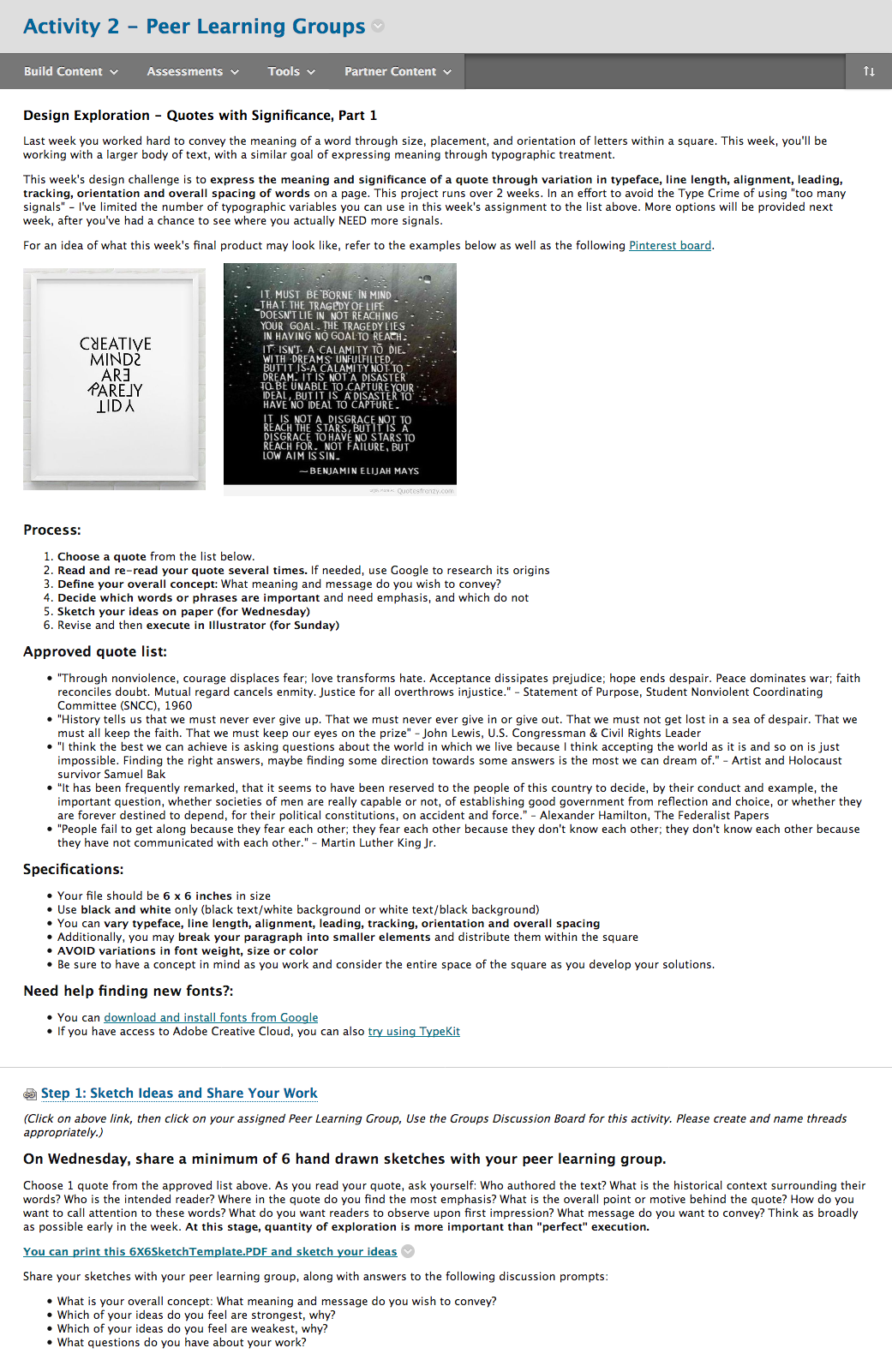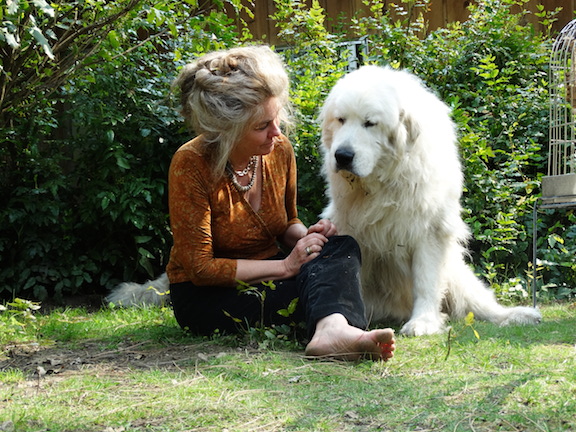Lesley Graduate School of Education (GSOE) faculty members Maureen Creegan Quinquis and Susan Patterson are wrapping up a successful year piloting TeachLive, a new immersive technology to prepare teachers for classroom experience. TeachLive (produced by Mursion) allows faculty to guide teacher candidates through several types of classroom situations from behavior management to practicing for parent-teacher conferences.
To learn more about this initiative, rewind to the summer of 2016. Faculty members Maureen Creegan Quinquis and Susan Patterson, collaborating with GSOE Dean Jack Gillette wrote a grant proposal to the Department of Education (DESE) to allow Lesley students to gain access to a new technology tool that blends an immersive experience with live action by an actor. They wrote a proposal detailing the elements of teacher preparation that immersive virtual reality could most effectively address. Specifically, it provides students with experience in:
- Classroom management
- Parent-teacher/community relationships
- Special education practice, particularly developing skills in differentiation
- Job interview practice
Lesley was awarded the grant for equipment and services in August 2016, allowing GSOE to offer this experience for candidates in initial licensure programs. The equipment for the program is situated in a dedicated space in University Hall. Faculty schedule time with their students to interact with virtual students. Faculty introducing the tool have work closely with students on the preparation, the live simulation itself, and then debriefing after the simulation—all of which are essential components to learning from an immersive simulation.
In Fall 2016, Elementary/Creative Arts in Learning and Elementary and Middle/High School students began working with two of the simulation scenarios:
- a classroom setting of 8th graders with a variety of personalities and levels of knowledge;
- a parent teacher conference where the teacher is speaking with family members about their child’s progress or presenting a serious issue to the family.

image from http://www.rdmag.com/article/2016/04/simulation%E2%80%99s-teaching-moment
The faculty members report that in addition to providing the space to “practice” with simulated students, there is a real benefit to being able to also pause the simulation to debrief specific moments or to step back from the situation. As Professor Creegan Quinquis notes, “If I have a group of students who have been working on differentiated ways to present a lesson; they can all be in the room fishbowl style– they can watch each other to try and present the lesson. If the student candidate suddenly freezes– he/she can say “pause” and then ask for help or let someone else step in, or we can have a discussion right there in the room. You get to practice it several time. What’s interesting is how much like real life it is. You have this experience of feeling like it’s really happening…The beauty of this is that they can make mistakes and have a safe space to practice” …before ever getting in front of real students.

